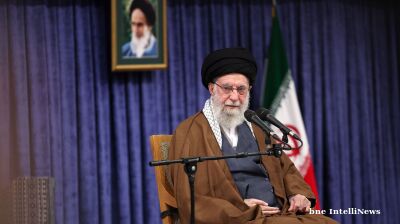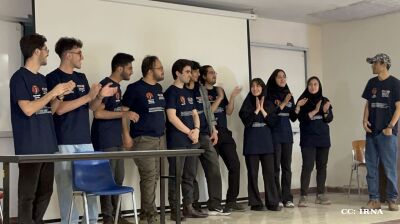Iran's capital, Tehran, is grappling with its most severe drought in recorded memory, with alarming statistics revealing that the dams supplying the capital hold only 14% of their capacity, local print newspaper Jam-e Jam reported on July 17.
This critically low level has triggered a "red alarm" regarding Tehran's water resources with water shortages now being reported across the capital of 12mn people.
The crisis has roots beyond reduced rainfall, with 20-30% decreased precipitation in recent years and rising average temperatures exacerbating drought conditions, whilst poor resource management, unbalanced development and costly policies in dam construction and inter-basin water transfer have created critical situations.
Behzad Parsa, CEO of the Tehran Regional Water Company, confirmed this week that the unprecedented water scarcity directly results from the lowest rainfall recorded in 60 years, as high temperatures continue to hit the wider West and Central Asia region.

"All the dams are dry"
"Since the beginning of the water year, only 153mm of rainfall has been recorded, which represents a 44% decrease compared to the long-term average, and a 33% reduction compared to last year," he stated.
Parsa highlighted that this five-year continuous drought has drastically lowered both surface and groundwater levels, pushing the region into a "very difficult water situation."
He further explained that Tehran's key dams collectively hold 170mn cubic metres less water than last year, with a deficit of 400mn cubic metres compared to the long-term average.
In response, Parsa urgently called upon Tehran residents to reduce their water consumption by 20% and adhere to responsible water usage patterns at home to navigate the challenging summer ahead with the least tension.
Meanwhile, the government is expediting the implementation of the Taleghan to Tehran water transfer project. According to Energy Minister Abbas Aliabadi, the first phase of this vital project is set to become operational soon.
Aliabadi underlined the urgency of addressing water scarcity, stating, "Even with multiple projects in progress, successfully managing the difficult summer ahead will critically depend on the public's earnest cooperation in curbing water consumption."
Mohsen Ardakani, CEO of the Tehran Province Water and Wastewater Company, also warned that if current water consumption trends in Tehran persist, the Water Company will be "forced to implement strict policies" to manage usage.
He explained that "customers who consume twice the set pattern are exposed to 24 hours of water outages, as well as an exponential increase in tariff rates. Those subscribers who fill their pools with drinking water will definitely face fines in addition to higher tariffs."
While Ardakani stressed that "there is still no planned outage in Tehran," he confirmed that water pressure in the capital has already decreased. This has led to noticeable pressure drops and even outages for residential flats located on upper floors.
North-south city divide
The surrounding areas are receiving different messages. To the south of Tehran, Ray County Water and Wastewater Company also announced in a message: "Given droughts and for sustainable water supply based on Tehran Province Supply Council orders, water will be provided to subscribers at standard pressure. Therefore, subscribers facing water pressure drops are requested to install pumps and water storage systems to get through the summer season."
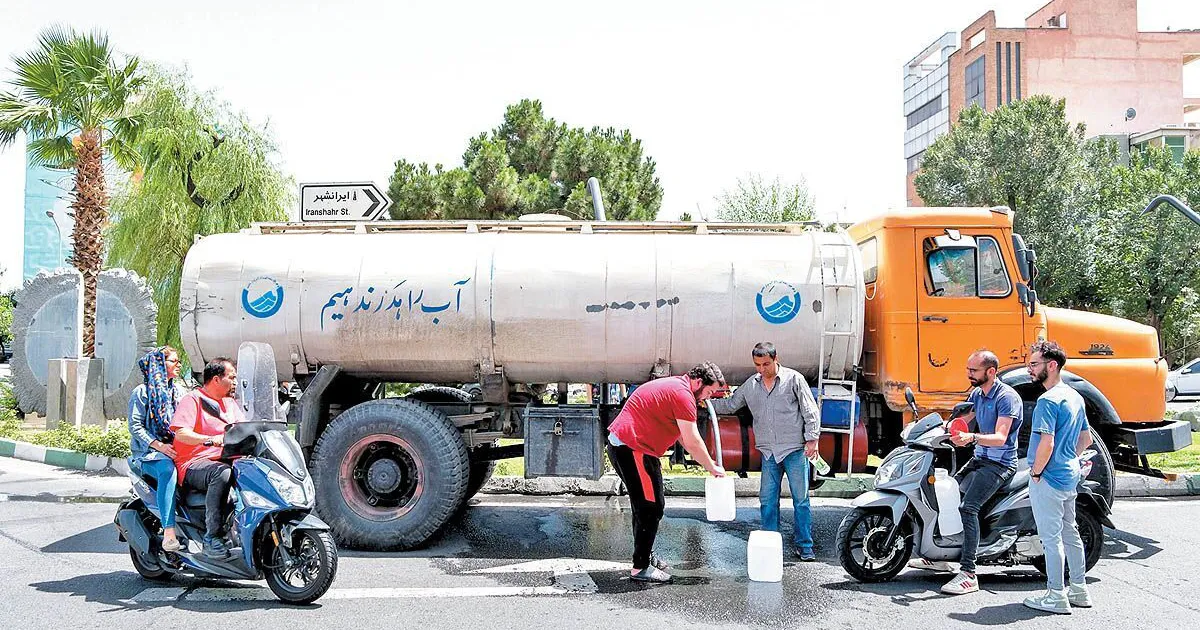
Tehran Water and Wastewater Company has denied water cuts, claiming only pressure drops, whilst the company's CEO announced residents should consider buying water tankers and storage tanks, Tabnak reported on July 17.
Residents in southern Tehran areas including Salehhieh, Pishva, Kahrizak and Baghershahr have experienced regular water cuts in recent weeks, with some areas facing planned nightly cuts from 11pm to 11am.
"Ziba," a longtime Salehhieh resident, said: "For about a year now, water has been cut every day from 11pm to 11am and we have been forced to get water tankers. Why is water shortage only affecting south Tehran whilst northern Tehran areas are not affected by water shortage?"
Tehran Water and Wastewater Company denied water cut programme exist, attributing network fluctuations to rising temperatures and peak consumption during hot hours, whilst emphasising efforts to prevent cuts through pressure management and fair water distribution.
Baghershahr Water and Wastewater Company advised locals facing pressure drops to install pump and water storage systems to get through the summer season.
Baghershahr Friday Prayer Leader Hojjat al-Islam Rouhollah Bagheri criticised senior Tehran provincial officials' mismanagement of water and electricity resources, stating: "Most electricity cut pressure in recent months has been on south Tehran residents including Baghershahr and Kahrizak, whilst reports show electricity cuts in central and northern Tehran areas have been much more limited."
Water scarcity, among other pressures, has reignited discussions about a long-standing plan to relocate Iran's economic and political capital from Tehran, home to over 9 million people in its main metropolitan area. Iranian President Masoud Pezeshkian has now ordered a study into this relocation, specifically suggesting southern coastal regions.
Crisis roots: climate, management, policy
Iran now faces one of its most complex and deepest environmental crises - a crisis that according to Energy Minister Abbas Ali-Abadi has been unprecedented in six decades and can only be addressed through reduced consumption and precise management to increase "resilience."
However, the causes of this crisis are not limited to low rainfall. On one hand, 20-30% reduction in rainfall in recent years and increased average temperature have intensified drought trends; on the other hand, poor resource management, unbalanced development and costly policies in dam construction, inter-basin water transfer and water-intensive agriculture have made resource conditions critical.
Additionally, over 90% of the country's water consumption occurs in agriculture with efficiency below 40%. Using water-intensive cropping patterns, traditional irrigation methods, and failure to reform land ownership structures have caused substantial water waste.
Widespread water shortage has reduced production of strategic crops such as wheat, rice, pistachios and vegetables, making Iran increasingly dependent on imports. This trend threatens food security and directly affects household livelihoods by intensifying food inflation.
According to World Bank data, the 1999 drought reduced about 4.4% of the country's Gross Domestic Product (GDP). Experts now believe that if current trends continue, Iran may face losses of 6-14% of annual GDP in agriculture, energy, health and transport sectors in the medium term.
bneGREEN

Singapore’s green pivot – headline grabbing but still limited
Forays into offshore wind via regional cooperation with neighbours, and forward-looking bets on hydrogen and low-carbon fuels are making headlines, but the scale required to wean a heavily gas-dependent system off fossil fuels is still daunting.
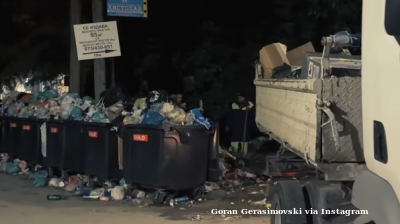
North Macedonia's Skopje tackles mounting waste and rodent crisis
Locals say the problems in Skopje's Centar municipality worsened during the local election period when political campaigning took precedence over maintenance.
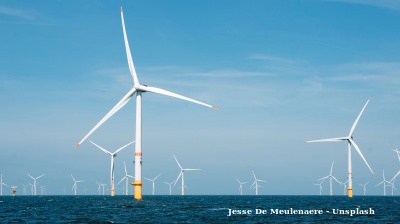
Malaysia–Vietnam offshore wind project to deliver 2,000 MW by 2034, strengthening regional green energy links
Malaysia’s upcoming offshore wind project connecting Vietnam to Peninsular Malaysia is expected to generate up to 2,000 megawatts (MW) of clean energy by 2034, marking a major step in the nation’s renewable energy expansion
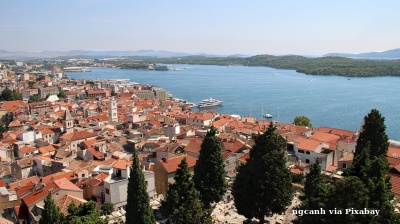
EBRD invests €16.8mn in Croatia’s first large-scale battery storage and virtual power plant
Development bank to take its first equity stake in a standalone merchant storage project.



